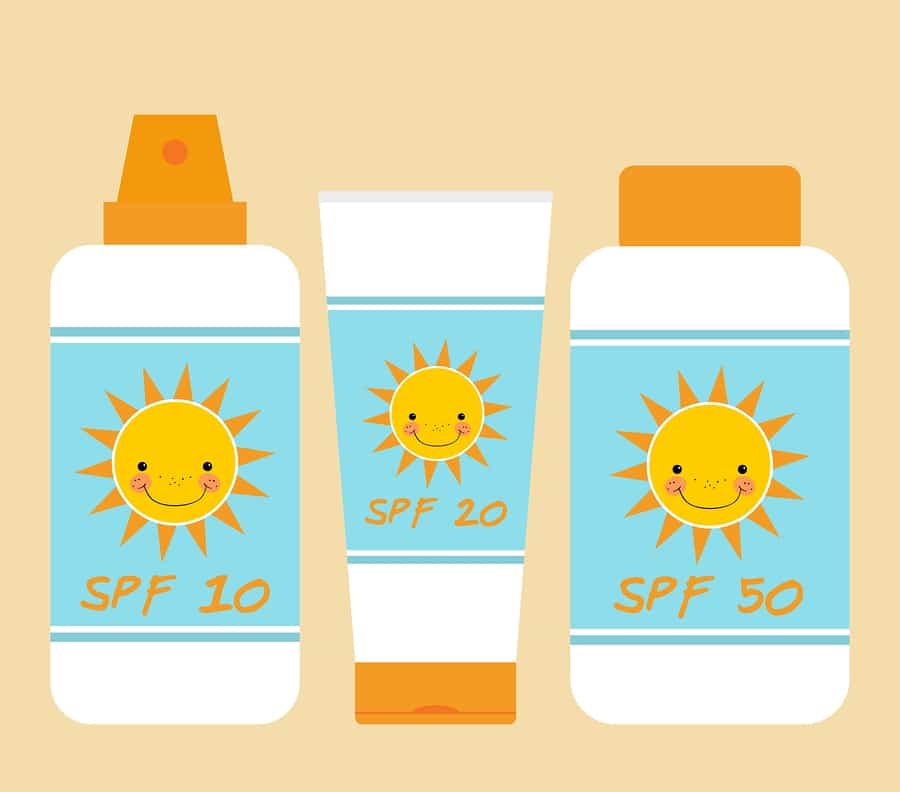William James, the American philosopher who trained as a physician said, “Act as if what you do makes a difference. It does.” Dr. Amy Derick, CEO and Medical Director of Derick Dermatology, took William James’ philosophy to heart when she worked to change attitudes about school and summer camp sunscreen bans. Dr. Derick knows the importance of protecting the skin of children when they are exposed to the sun for many hours.
The American Academy of Dermatology Association (AADA) is a prestigious, non-profit medical specialty association which represents both the majority of all dermatologists currently practicing in the United States and a significant number of international ones. This was the avenue that Dr. Derick chose to question regulations prohibiting the use of sunscreens in school and Summer camp-related functions.
Sunscreen Ban Resolution
Apparently the resolution Dr. Derick proposed to the AADA resonated with many of the member dermatologists. Dr. Derick’s resolution was entitled End Sunscreen-related Bans at Schools and Summer Camps, and it expressed the dissatisfaction she and her staff of dermatologists felt about the continuation of these bans, and the importance of protecting children’s skin.
According to “Dr. Derick’s” internal staff memo, it was a victory for the health of children’s skin. The memo noted that “Going forward, the AADA will advocate for the removal of all sunscreen-related bans at schools and Summer camps.” The AADA also included a friendly amendment to ensure schools allow children to wear caps and shirts during swimming activities.
In a major position paper, supporting Dr. Derick’s proposed resolution, in May of this year, Access to Sunscreen and Sun Protective Clothing in Schools and Summer Camps, the American Academy of Dermatology Association announced their support of “statewide and school district-wide policies that allow students to use sunscreen and articles of sun protective clothing during the school day without physician authorization.” It was a major step forward in protecting our children.
To support its position, the AADA noted the stringent requirements for all of the ingredients used in sunscreens to be U.S. Food and Drug administration approved and cited statistics that further enhanced their argument in favor of lifting the bans. When research showed that even a single, severe sunburn can almost double the risk of developing melanoma in adulthood, the bans seemed counter-productive to the health and safety of children’s skin. Five or more sunburns were even more deadly, increasing the likelihood of melanomas by a whopping 80% and non-melanomas by 68%.
The paper continued what Dr. Derick had begun with her resolution, quoting statistic after statistic in support of her premise. The societal benefits of what she achieved with a simple proposal will have far-reaching effects on the future of school and Summer camp acceptance and usage of previously banned skin-related protection.
The closing of Dr. Derick’s internal staff memo attested, “We can make a difference.” For the future health of all of our children, we thank you Dr. Amy Derick for your efforts on behalf of the children. She is just one of many healthcare professionals making a difference at Derick Dermatology.







